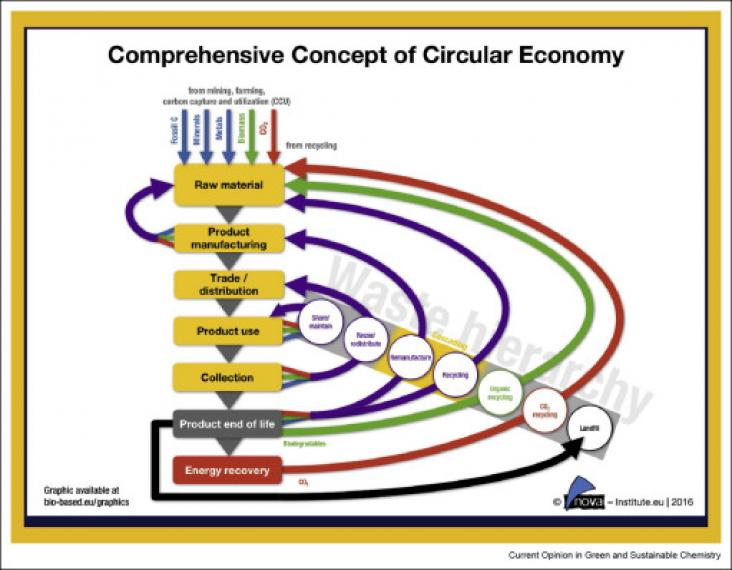This book chapter advances SDGs 14 and 15 by covering all aspects of successful mangrove forest rehabilitation, including post monitoring to ensure continued success. Mangroves are critical coastal ecosystems that impact the environment and lives of all living creatures.
Elsevier,
Approaches to Water Sensitive Urban Design: Potential, Design, Ecological Health, Urban Greening, Economics, Policies, and Community Perceptions, Volume , 1 January 2018
This book chapter advances SDGs 13, 12, and 15 by outlining some of the key approaches used in water sensitive urban design and provides a summary of current knowledge about practical application and performance.
Ethnopharmacological relevance In the Peruvian Amazon, the use of medicinal plants is a common practice.
Among the different pharmaceuticals present in soil and water ecosystems as micro-contaminants, considerable attention has been paid to antibiotics, since their increasing use and the consequent devel
Where are commodity crops certified, and what does it mean for conservation and poverty alleviation?
Voluntary sustainability standards have expanded dramatically over the last decade.
The assessment of microbial functional diversity is an important indicator of soil quality.
Over the last two decades, there has been growing interest on the effects of agricultural practices on soil biology in Europe.
Non-vascular plants such as mosses, lichens and especially microalgae are widespread in terrestrial ecosystems, but their contribution in the nutrient cycling and energy budget of soil food webs is ge
This book chapter addresses goals 15 and 17 by providing an overview of educational programming used across cheetah conservation organizations, including considerations for designing, implementing, and evaluating such programs for success.

